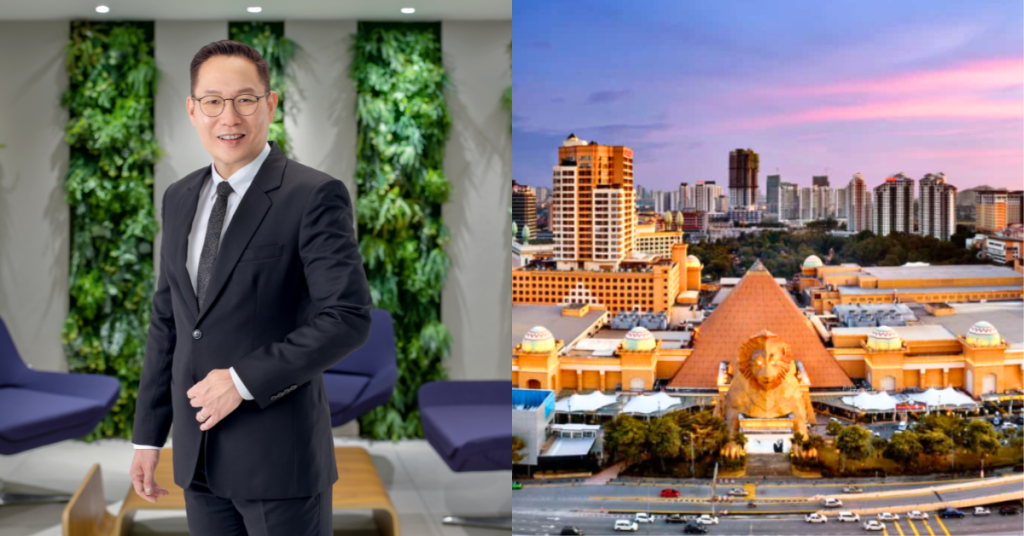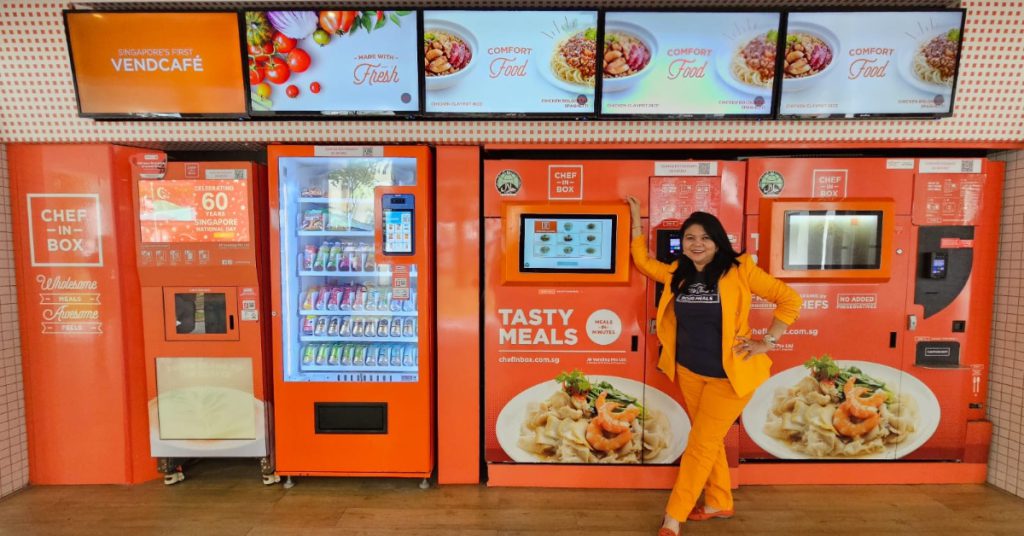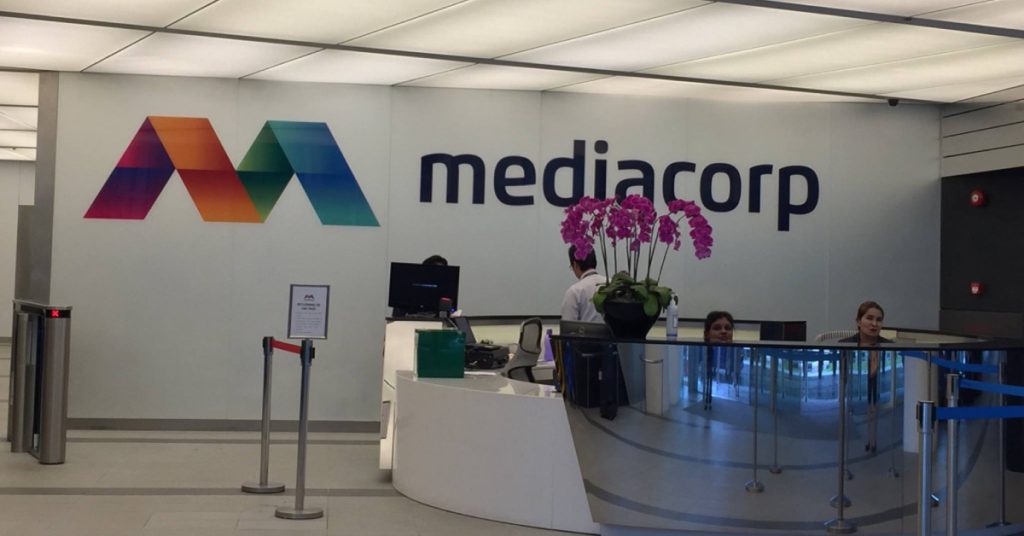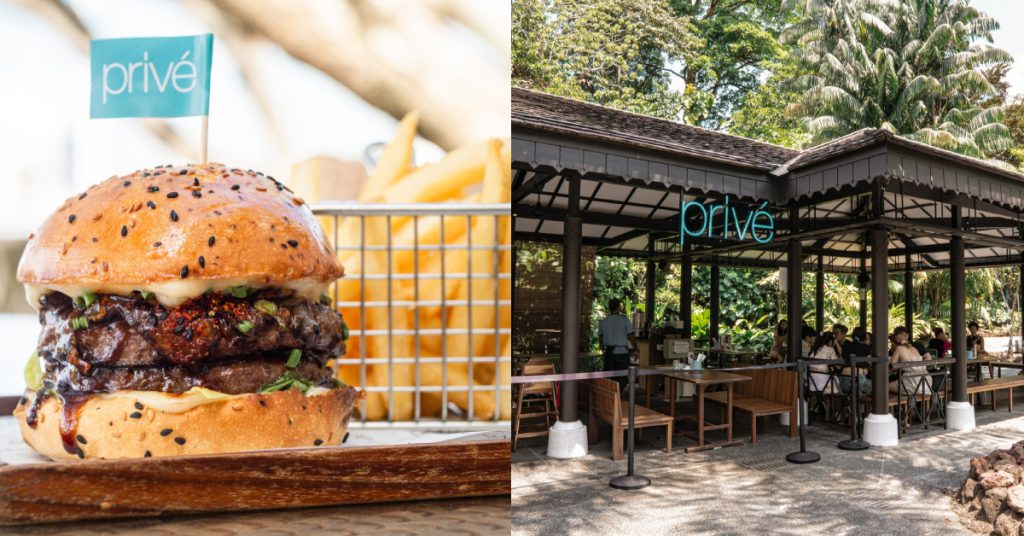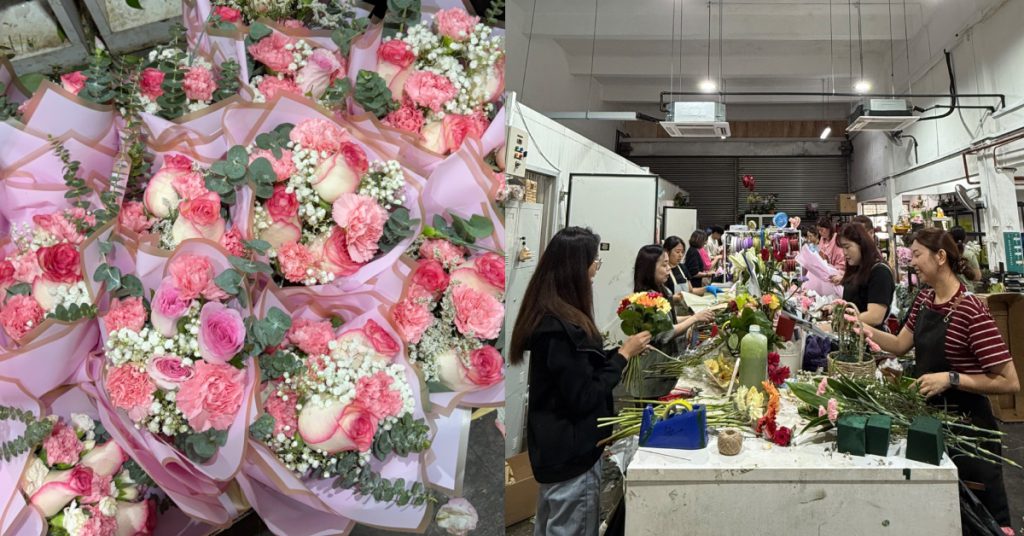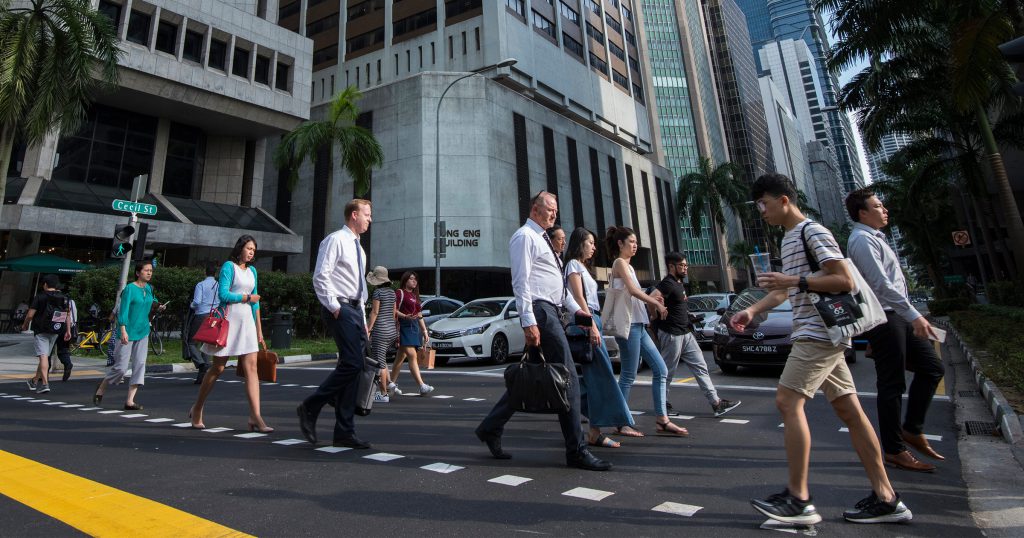When Malakat Mall (AKA the viral “ghost mall”) in Cyberjaya announced their closure, we were curious to learn how it met that fate.
Its Muslim-friendly concept is unique and can’t easily be found elsewhere. Theoretically speaking, shouldn’t it have been a big hit since Malaysia has such a large Muslim population?
But after speaking to the mall’s tenants, we learnt that a plausible reason why it didn’t work out was that the management team fell short in marketing the space.
This got us wondering, how exactly do you build up a mall and have it continuously thrive?
We reached out to a few malls that met these key criterias that signified a thriving mall:
- Having a steady flow of foot traffic on a day-to-day basis
- Having tenants of good quality (such as chain brands)
- Having a high occupancy rate of long-term tenants
We reached out to five malls in the Klang Valley to get answers, but only one of them got back to us.
Here are some of the insights shared by Jason Chin, the Senior General Manager of Sunway Pyramid, Sunway Giza, and Sunway Square. The article will be focusing on Sunway Pyramid as it is one of the more popular malls under Sunway Malls.
Some background: Jason’s career at Sunway Pyramid spans 22 years and he has a strong portfolio in the company. An example is how he turned the mall’s ice-rink into a profitable business and rebranded it into a popular attraction in Malaysia.
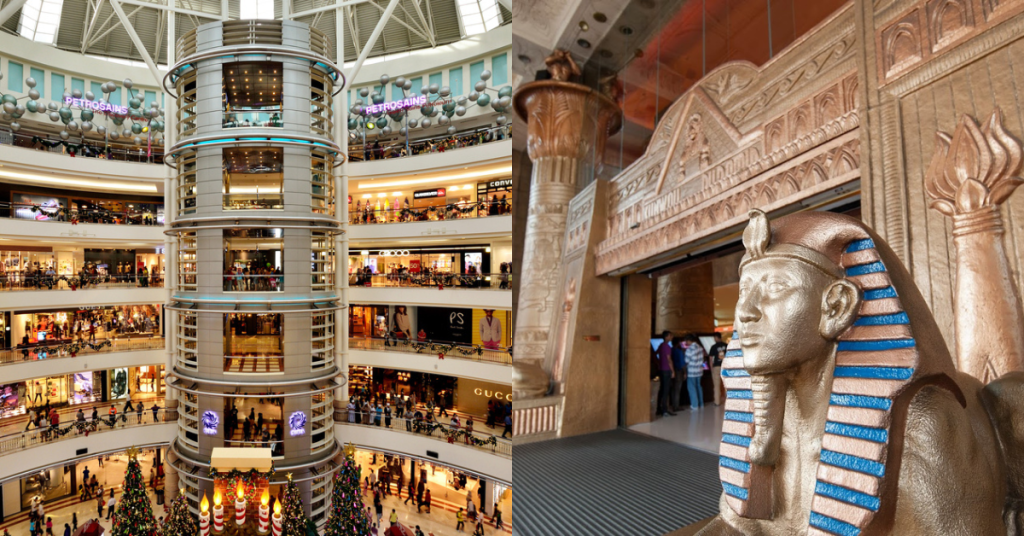
1. Brand identity could make or break your mall
“For a mall to sustain, it is imperative that the mall has a strong brand identity that resonates well with the communities it is targeting,” Jason stated.
For context, brand identity is the combination of visual and content choices that represent your company’s personality.
Essentially, it’s how the business is perceived by the public and becomes what you’re known for. A simple example is how Sunway Pyramid is the Egyptian-inspired shopping mall with a replica of the Great Sphinx of Giza.
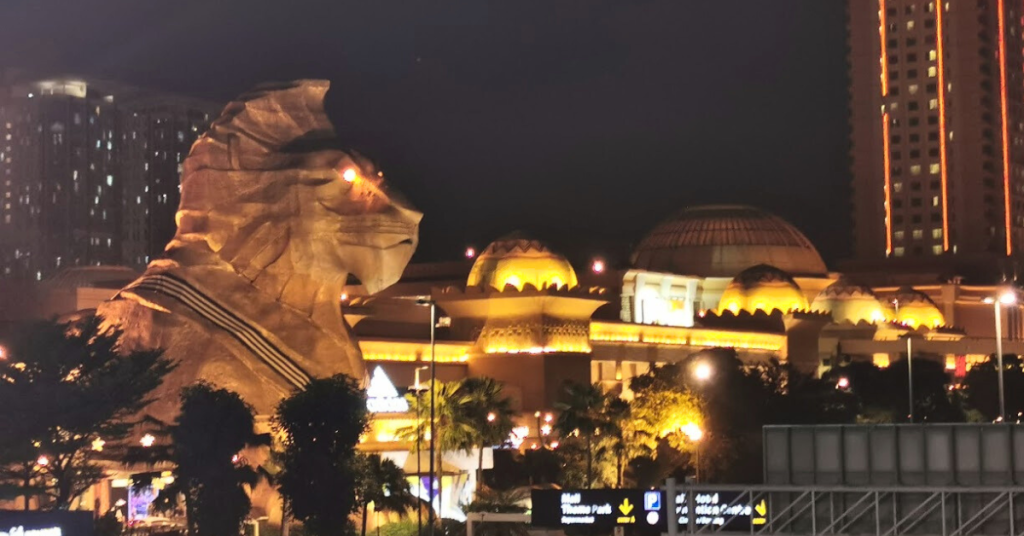
So despite undergoing major refurbishments in 2007, 2015, and 2024, they’ve kept to this theme. It’s been part of their brand identity for 27 years and there’s no reason to change it now.
Beyond just physical appearance, the Malaysia Shopping Malls Association (PPKM) stated that brand identity also encompasses retail mix. What stores do you have, and do they match what your target consumer market are looking for?
It’s crucial to select the right anchor tenant fitting to your consumers as well because they lease a large space and draw in consistent crowds. Examples of this include AEON in Mid Valley Megamall and Jaya Grocer in The Starling.
2. Location, location, location
It’s no secret that where a shopping mall chooses to set up shop is one of the top reasons that determines its success or failure.
Why? Because this factors in various key aspects like accessibility to consumers, consistency of foot traffic, and scalability. A contributor at Forbes added that location determines consumer demographics as well, which is crucial in making the mall a success.
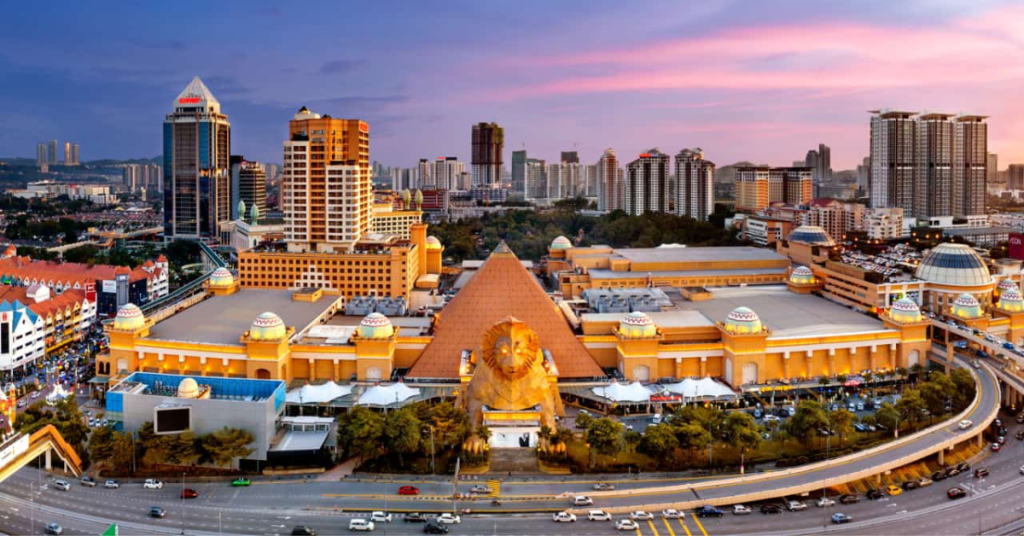
According to Jason, “Smaller community malls are challenged by the lack of space; hence the key is to precisely target what the immediate catchment requires. Medium to large malls have to keep the footfall above average to encourage transactions and sales for its retailers.”
He credited Sunway Pyramid’s continued success to Tan Sri Sir Dr Jeffrey Cheah’s well-planned township and the Sunway Malls team. Being within Sunway City’s integrated township has benefited the mall all these years.
“Its prime location within a self-contained community ensures consistent footfall from both residents and visitors,” Jason explained.
Another example is 1 Utama Shopping Centre that’s located in the residential township of Bandar Utama Damansara and has a strong community.
3. Throw out the rule book, it can’t keep up
Trends in consumer preferences evolve so often that what keeps people visiting your mall today won’t be the same reasons they return in a couple months.
So sometimes it’s better to throw out what the rulebook says and allow your team to come up with fresh ideas. Or in other words, practise thinking out of the box. This belief is what led to entertainment options like Sunway Lagoon and its in-house ice-skating rink.
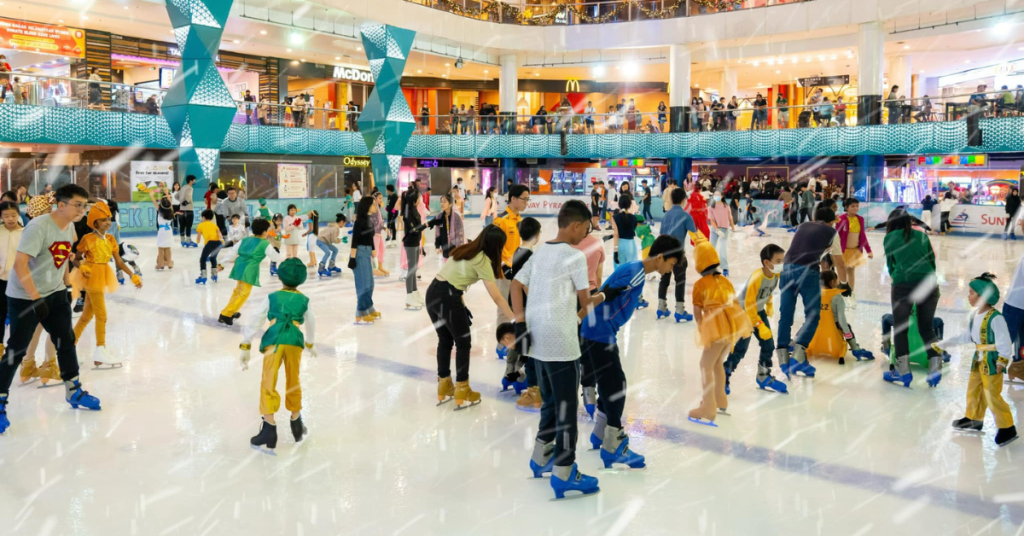
Other innovative concepts that Sunway Pyramid introduced include Malaysia’s first Smart Parking and Smart Washroom, as well as a Food Waste Composter to minimise waste to landfill.
Of course, you still need to be aware of changes in consumer preferences and deliver on those desires accordingly. From Jason’s observations, the recent trend in malls show a shift in preference for F&B operators.
Phang Sau Lian, the president of Malaysia Shopping Malls Association (PPKM), shared similar insights during an Al Jazeera interview in July. The organisation has found the most significant shift in consumer trends in recent years to be the emergence of F&B outlets as the key driver of foot traffic in malls.
“Their percentage of total leased space [has] soared to nearly 30 percent, compared to a single-digit share a decade ago,” she said. She believes the trend will likely continue for now.
This brings us to our next point…
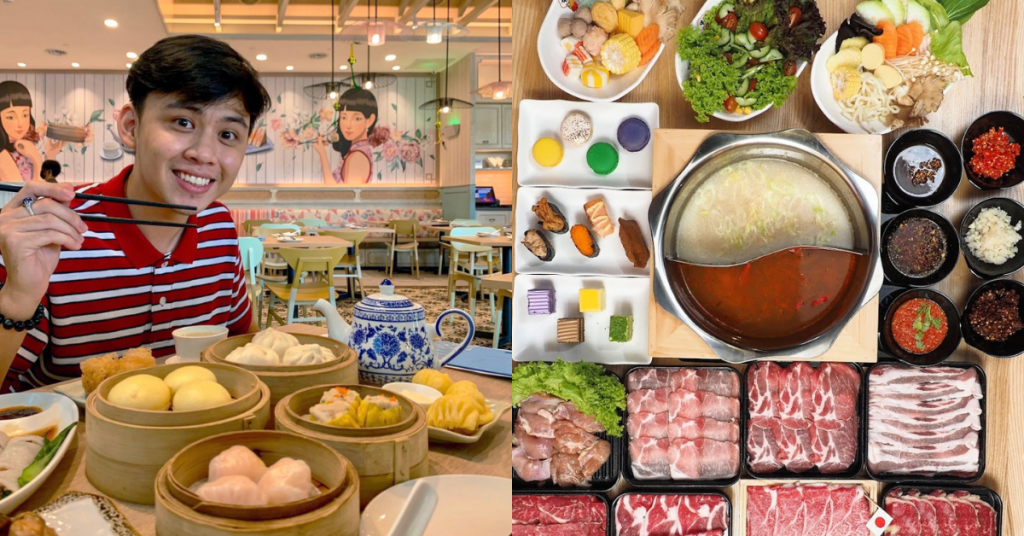
4. The rumours are true, it’s all about experiences now
“Malls are shifting towards providing unique, immersive experiences that can’t be replicated online on top of value retailing,” Jason stated.
People don’t go to malls just to buy more groceries or new furniture anymore. If you’ve been paying attention to the scene, you’ll notice that malls are evolving into lifestyle hubs offering entertainment, dining, and community events.
From our personal observations as consumers, the malls that tend to be crowded on weekends have a good combination of these lifestyle offerings. This comes back to providing customers with convenience because you have it all in one place.
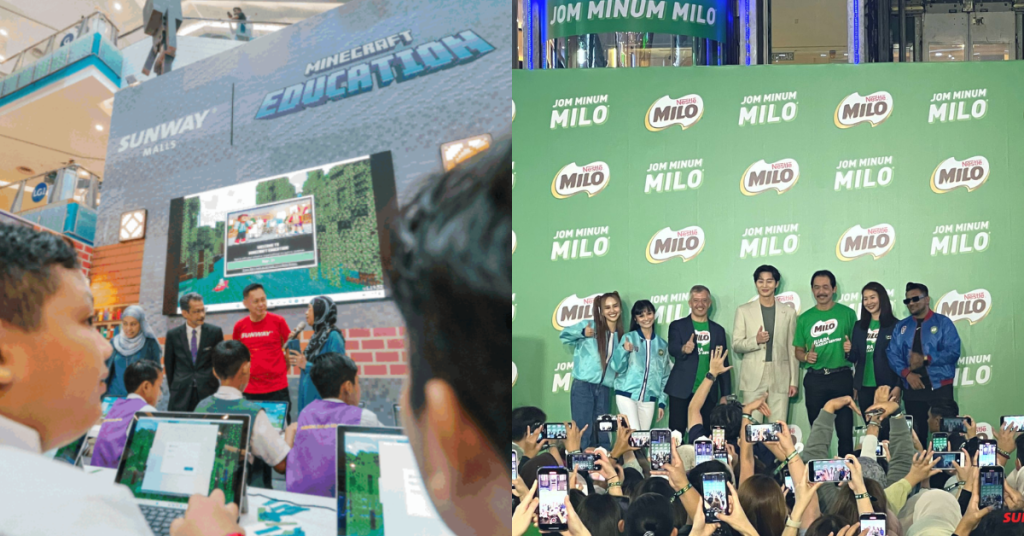
Whether that’s an arcade to de-stress, restaurants serving a variety of cuisine, or even just interactive festive events, these offerings keep a steady flow of customers walking in. It’s also recommended to keep different generations in mind when curating your retail mix so that the old and young will enjoy themselves.
One way to adapt to this trend is by adjusting your tenant mix to be more diverse. For example, Jason shared that Sunway Pyramid is in the midst of expanding its “Oasis” section to have more local brands and flagship stores.
“The goal is to create destinations where people want to spend time, beyond just shopping,” he affirmed.
-//-
There are surely many other factors that contribute to whether or not a mall thrives, and some of these insights might apply better to certain malls than others.
But the learnings shared by Jason from his experience being a part of Sunway Pyramid’s management team shed more light on what mall developers should keep in mind.
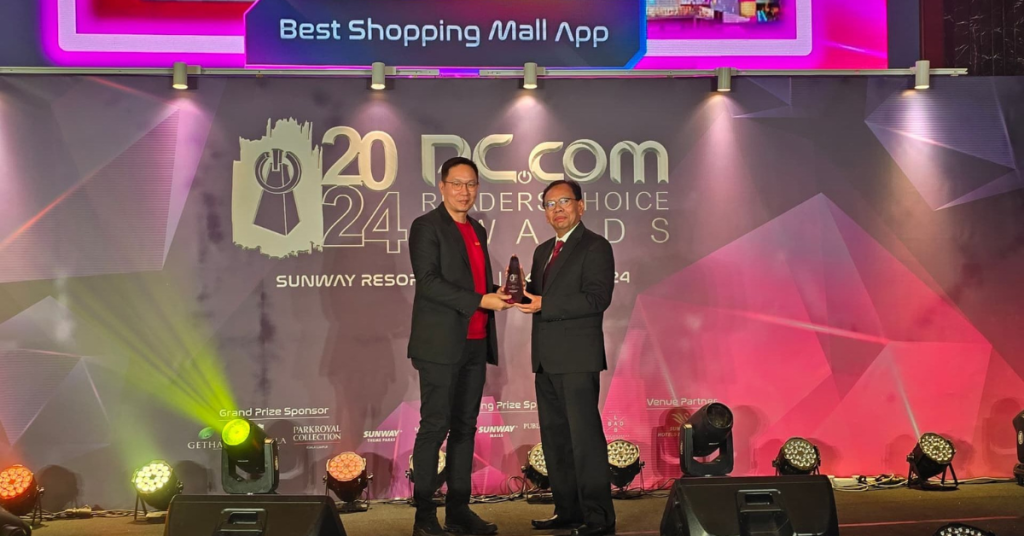
Seeing as how Malaysia has over 1,000 malls but not all of them are successful, we should all be more critical on how they can become a thriving community hub.
Otherwise, is it really worth developing more land just to erect another cookie-cutter mall, when we could perhaps have a more diverse third space?
- Read other articles we’ve written about Malaysian startups here.
Featured Image Credit: Sunway Malls / Selangor.travel



